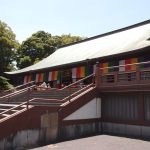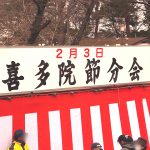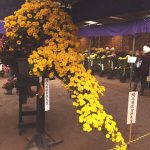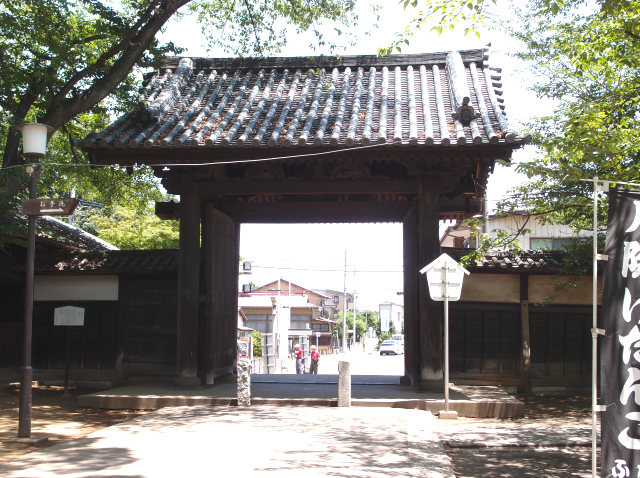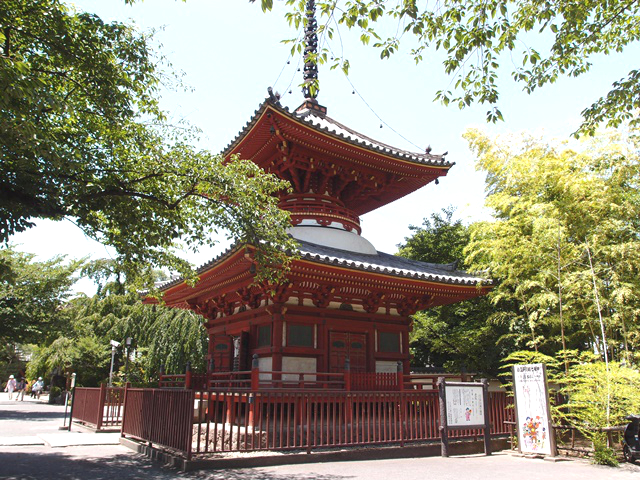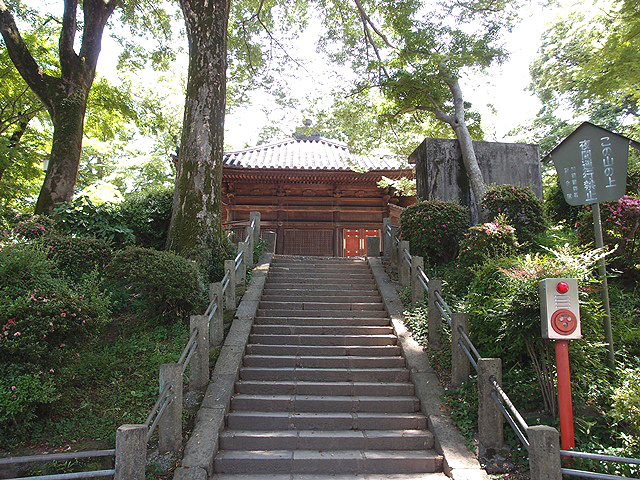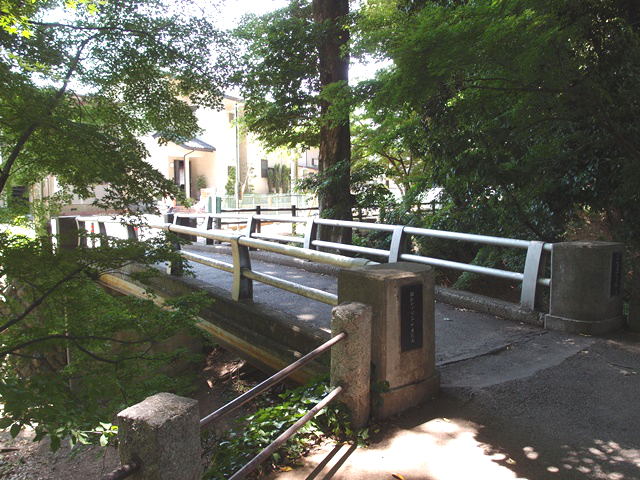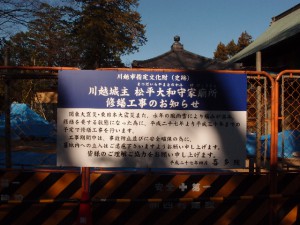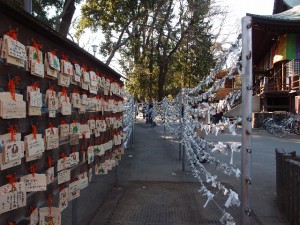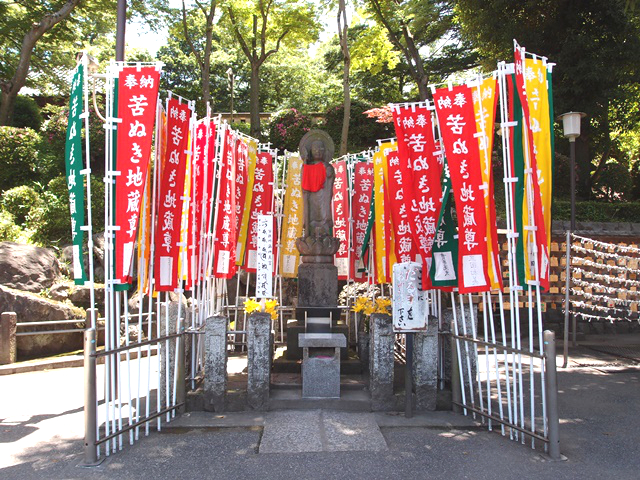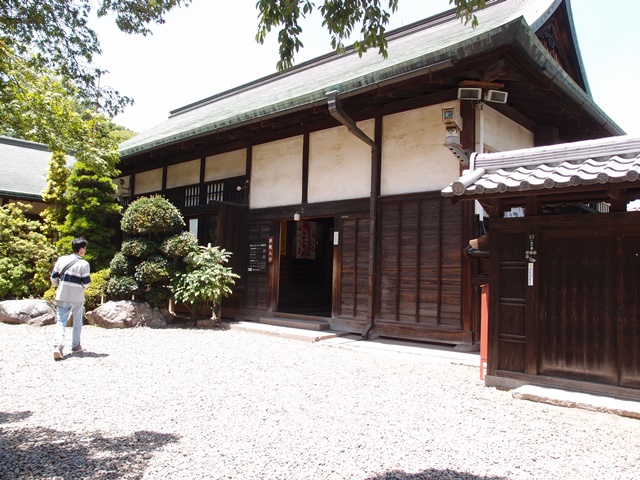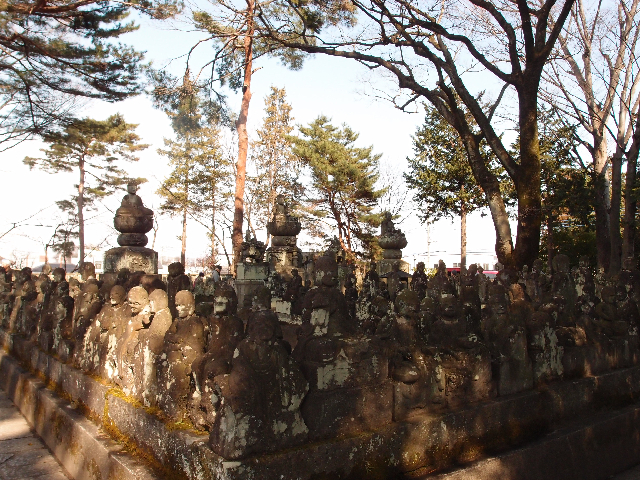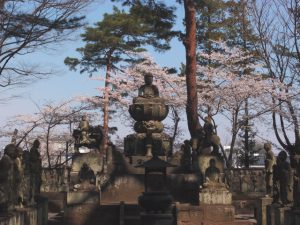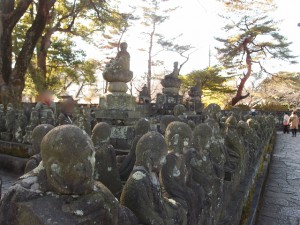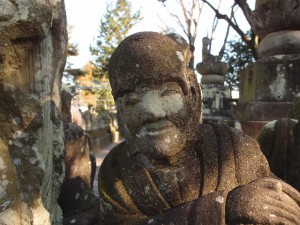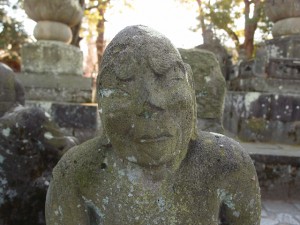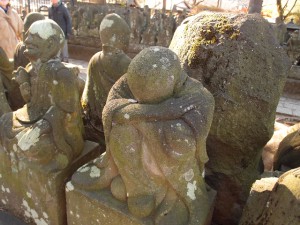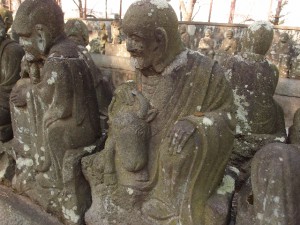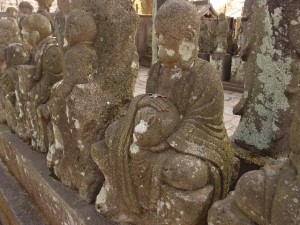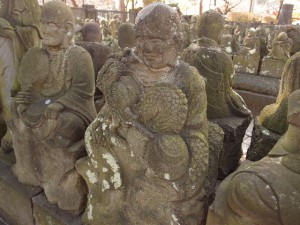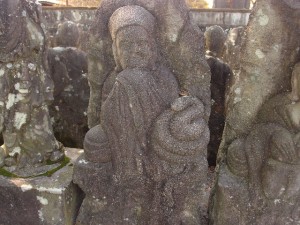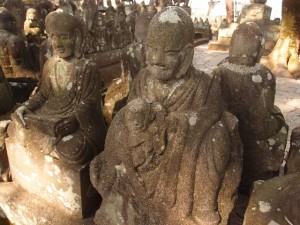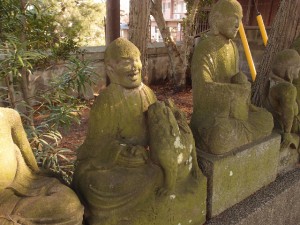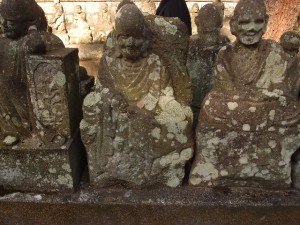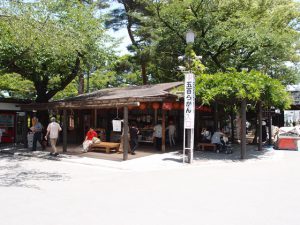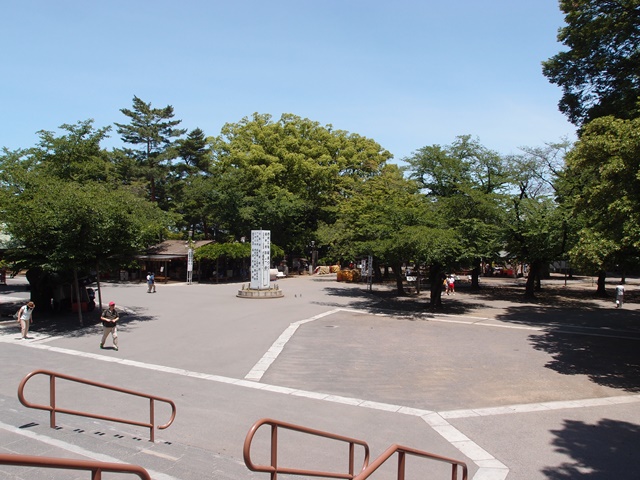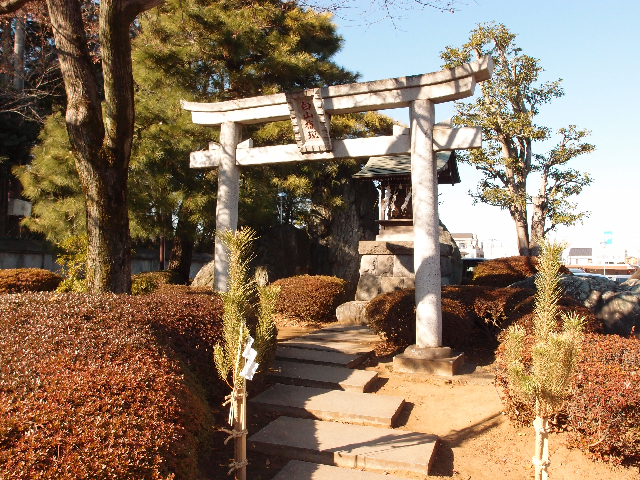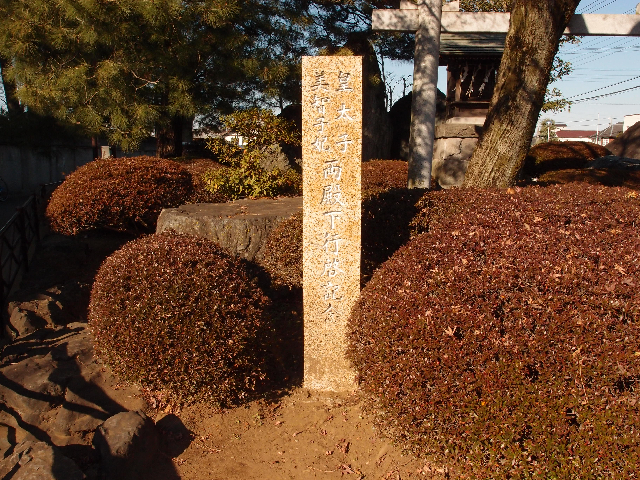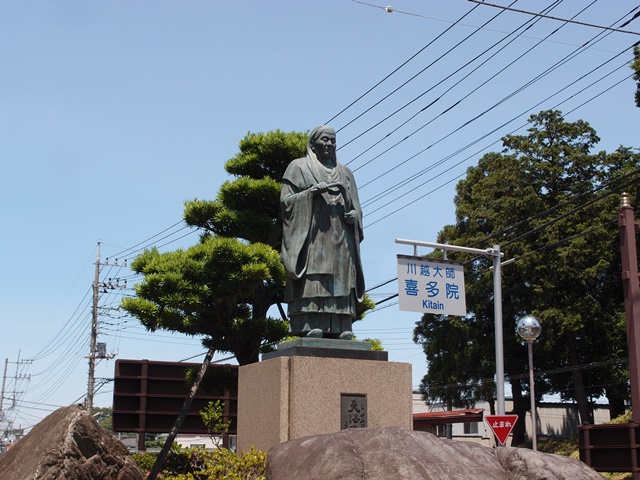The Kita-in Temple is a popular Kawagoe tourist attraction and a soothing spot for locals.
Things like the Gohyaku Rakan (500 statues of Rakan), "Iemitsu tanjo no ma" (the room where Iemitsu Tokugawa was born) and the "Kasuga-no-tsubone keshou no ma" (the make-up room of Lady Kasuga) are famous.
Japanese
-

-
五百羅漢だけじゃない!川越大師喜多院で見るべきポイントは?
続きを見る
目次
About the Kawagoe Daishi Kita-in Temple- Famous for charms that ward off and wash away bad luck
A designated important cultural property of Japan, the "Kawagoe Daishi Kita-in" (Kita-in Temple) was established in 830.
However, due to the large fire of 1638, everything except the Sanmon gate was destroyed.
Reconstruction began shortly afterwards and valuable cultural assets such as the "Iemitsu tanjo no ma" and "Kasuga-no-tsubone keshou no ma " were transferred to the site from the “Momijiyama hill of Edo Castle”.
It is a soothing place to relax for the locals where the calm air flows through the grounds, but during event seasons, it becomes a really exciting place.
It is particularly crowded on January 3rd for hatsu-daishi (the first day of teachings of the great Buddha of the New Year) and the "Daruma Ichi" (Daruma Doll Festival) to the point that it is packed with visitors.
-

-
豪華賞品が当たるかも!?喜多院&成田山川越別院の節分会
続きを見る
-

-
迫力満点!喜多院小江戸川越菊まつり 歴史ある菊花展の見どころは?
続きを見る
The history of the Kita-in Temple
| 830 | The Monk “Ennin” founds the Muryoju Temple (Which later becomes the Kita-in Temple). |
| 1205 | The Muryoju Temple is destroyed by the fires of war. |
| 1296 | The monk Sonia rebuilds the temple in the same manner as the monk Ennin. The temple becomes the main Temple for the Tendai sect in the Kanto region. |
| 1537 | The temple is set on fire as a result of a war between Hojo Ujitsuna and Uesugi Tomosada. |
| 1599 | The monk Tenkai inherits the Muryoju Temple. |
| 1611 | The Shogun “Ieyasu Tokugawa” visits the Muryoju Temple and befriends the monk Tenkai. |
| 1612 | The temple’s name is changed to Kita-in. |
| 1638 | Despite the destruction of the entire temple except for the Sanmon gate due to a large fire, reconstruction begins immediately. The 3rd Shogun of the Tokugawa dynasty “Iemitsu Tokugawa” transfers rooms (a reception hall, study and monk’s quarters) from the Momijiyama Hill of Edo castle to the Kita-in T |
Walking around the grounds of the Kita-in Temple
Though guide books only briefly introduce the Kita-in Temple, it is brimming with places to see from corner to corner.
Kita-in Temple’s oldest structure, the Sanmon Gate
The Sanmon gate is listed as a designated important cultural property of Japan.
The majority of the Kita-in Temple was destroyed in 1638 by a large fire and only the Sanmon gate remained.
Therefore, in reality, the Sanmon gate is the oldest standing structure of the Kita-in Temple.
Great for taking pictures! The Tahoutou
The Tahoutou is a two-story pagoda that is a designated tangible cultural property of the prefecture.
Since it was rebuilt in 1639, relocations and renovations have been done again and again.
It is very easy to take pictures of the tower from the grounds of the Kita-in Temple, and the building itself makes for a fantastic photo.
The Jigendo and Kohi
The “Jigendo” was constructed above ancient tombs dating back to the beginning of the 7th century.
It is said that the construction of the building was ordered by Iemitsu Tokugawa when his beloved friend, the monk Tenkai, passed into nirvana (passed away) at the Kanei-ji Temple.

The Jigendo is a nationally designated important cultural property of Japan.
There is a wooden statue of the monk Tenkai inside the mido (enshrinement hall).

The inside looks like this.
It was quite dim so I raised the brightness of my camera.
On the west side of the Jigendo (behind the mido), the names of the successive generations of monks of the Kita-in Temple are written on the "Ryakuou no Kohi" (a designated historical site of the prefecture) and the names of the shami (lower ranked monks) and nuns are recorded on the "Enbun no Itabi" (a designated historical site of the city).
Aside from this koji, there are no other records that document the names of the successive generations of the monks of the Kita-in Temple.
A shortcut to the Kita-in Temple- The Dorobou Bashi Bridge (Thief’s Bridge)
Just ahead of the bottom of the stairs behind the Jigendo, is a small bridge called the "Dorobou Bashi bridge".
The Legend of Dorobou Bashi Bridge
Once upon a time, the Kita-in Temple and Senba Toshogu Shrine bore the scarlet seal of the Edo Shogunate and criminals could not be captured on their premises.
A thief who was aware of this ran away across the bridge to take refuge from the grip of the magistrate.
... However, the thief was caught by the temple workers in no time.
With plenty of persuasion from the monks, the thief was completely converted.
He was able to compose himself and become an honest man.
The temple and shrine officials of the shogunate heard reports of this from the temple and granted the thief a full acquittal.
Thereafter, the former thief never committed another crime and lived an honest life.
Currently, the "Dorobou Bashi bridge" is mainly used as a back entrance by locals coming and going to visit the Kita-in temple.
If you are going to the Kita-in Temple from Honkawagoe Station on the Seibu Shinjuku line, the quickest way to get there is to walk towards this bridge, so it may be useful to remember this.
It takes about 15 minutes to walk from Honkawagoe station to the Sanmon gate of the Kita-in Temple, but if you walk to the Dorobou Bashi bridge, you will get there in about 9 minutes.

This is a park near the Dorobou Bashi Bridge.
There is a playground for the neighborhood children.
Sometimes you can see the remnants of secret forts made by children.
The Mausoleum of the House of Matsudaira Yamato-no-kami and the graves of their successive daimyo
On the north side of the Dorobou Bashi bridge is the mausoleum of the House of Matsudaira Yamato-no-kami (no-kami is a suffix meaning governor), and the graves of his successive daimyo (feudal lords).
The House of Matsudaira Yamato-no-kami comes from a rich family lineage of lords, from the son Ieyasu Tokugawa’s second son, Hidesayu Yuuki.
Due to damage from earthquakes and weather, this historical landmark is currently undergoing repairs.
Unfortunately it can’t be entered for the time being.
Kita-in Temple’s front shrine- The “Jikeido”
The Jikeido has been designated as a tangible cultural heritage asset of the prefecture.
The 18th chief abbot of the Enryaku-ji Temple located on Mount Hiei, Jikei-Daishi (the great teacher of love and mercy) Ryogen is enshrined here.
The bronze bell is called the "Shouan Ninen no Doukane” (bronze bell of the second year of Shouan, or the year 1300). The building is a nationally designated important cultural property Japan.
The picture below was taken during o-shougastu-san-ga-nichi (the first three days of the New Year).
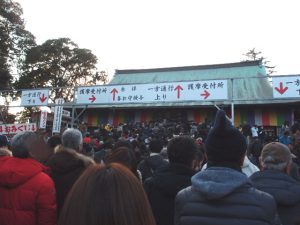
The grounds of Kita-in are also a popular spot for hatsu-moude (the first shrine visit of the New Year) when it overflows with visitors.
Beside the Jikeido is a place for ema.
Ema ( lit. "picture-horse") are small wooden plaques, common to Japan, in which Shinto and Buddhist worshippers write prayers or wishes.
The Kita-in Temple is known for blessings that ward off and wash away bad luck, success in business, academic success, and family safety.
Because this photo was taken in January, there were many prayers written on ema for academic success.
Kunuki Jizo-son (Jizo the puller of nails) will release you from your suffering
In 1957, the statue of Kunuki Jizo-son, which literally translates to “Jizo the puller of nails” was built as a commemoration of the renovation of the temple.
As his name implies, it is said that he “pulls out your pain for you”. He is beloved by many who attach the honorific Japanese prefix “o” and suffix “sama” to his name when they refer to him.
To make an offering to the Jizo-hata (flag) please inquire at the reception of the temple office.
Kawagoe’s Seven Deities of Good Luck- “Daikokuten”
This is the “Daikokuten” where Kawagoe’s seven deities of good Luck are enshrined.
It is located at the side of the Jikeido (between the Jikeido and the Temple Office) but it doesn’t have much of a presence.
Many people probably don’t even notice the mido there.
↓ For more about Kawagoe’s Seven Deities of Good Luck, click here.
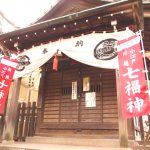
京都・浅草だけじゃない!小江戸川越七福神めぐりに挑戦しよう
Learn about the history of the Kita-in Temple at the Kyakuden (reception hall), Shoin (study) and Kuri (monk’s quarters)
During the Edo Period, Iemitsu Tokugawa had these three rooms from the Momijiyama Hill of the Edo Castle dismantled and reconstructed at the Kita-in Temple: The “Kyakuden” (Iemitsu tanjyo no ma, birthplace of Iemitsu, a nationally designated important cultural property), the “Shoin” (Kasuga-no-tsubone keshou no ma, the make-up room of Lady Kasuga, a nationally designated important cultural property) and the “Kuri” (monk’s quarters).
This is the building.
Currently it functions as a precious historical museum where you can learn about the history of Kawagoe City and the Kita-in Temple.
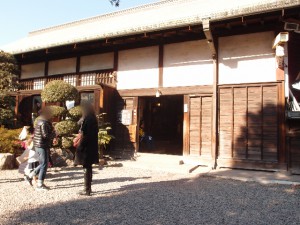
The Kuri is the entrance that connects to the Kyakuden and the Shoin (nationally designated cultural properties).
Taking pictures inside the building is prohibited.
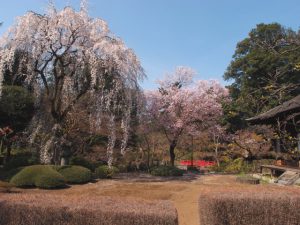
In the courtyard there is a shidarezakura (weeping cherry blossom tree) that was planted by the 3rd Shogun’s own hand.
Because it is a shidarezakura (weeping cherry blossoms tree) it blooms slightly early.
Those that definitely want to see it in bloom should be careful with their timing.
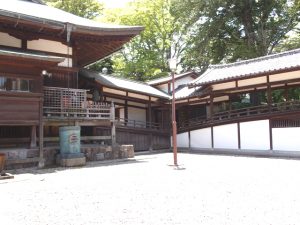
The interior of the Kuri and the inside of the Jikeido (main temple building) are connected by a passage-way.
Find a face that looks like you! “Gohyaku Rakan” (The 500 Statues of Rakan)
The Gohyaku Rakan is a popular sightseeing spot often introduced by the media.
As the name suggests, tover 500 Rakan Statues are tightly lined up at this location.
About Rakan
Rakan is an abbreviation of the word “arakan (arhat) which translates to “ougu” in Japanese.
Ougu are "people of the Buddhist faith who through their pursuit of knowledge were particularly worthy of being remembered and revered."
Incidentally, in ancient India, those who had reached highest level religiously speaking, were called arhat.
What is Gohyaku Rakan?
With a total of 538 statues, the Gohyaku Rakan took approximately 50 years to create since work began in the 2nd year of the Tenmei Era (1782).
‘533’ Buddhist saints +
‘1’ large central Buddha statue of Shakanyorai (Sakyamuni, sage of the skies) +
‘2’ Bosatsu (bodhisattva), Monja and Fugen, below on the left and right +
‘1’ Amida Nyorai (Tathagata, the perfected one) +
‘1’ Jizobosatsu (Ksitigarbha, who looks after children, travellers and the underworld) on the left and right raised platforms = “538” statues in total)
The "Gohyaku" (500) of Gohyaku Rakan originates from the fact that 500 people gathered for the 1st and 4th Buddhist councils.
In Zen Buddhism in China and Japan, the Gohyaku Rakan is worshiped, and numerous works of art related to it remain.
The Gohyaku Rakan is featured on a commercial for a long-standing Japanese confection shop in Kawagoe called the “Kuradukuri Honpo” broadcast on Television Saitama.
Post:Kuradukuri Honpo
Things to see at the Gohyaku Rakan
The Gohyaku Rakan is unique in that each statue has different facial expressions and gestures.
I’ll introduce some of these here.
Gohyaku Rakan Chinese zodiac series.
The entrance of the Gohyaku Rakan is situated beside the shop
Many people have trouble finding their way around the grounds, but the entrance of the Gohyaku Rakan is next to the shop that sells drinks and other things.
A ticket to visit the shrine is required for admission
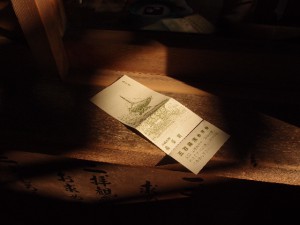
The Gohyaku Rakan shrine visit ticket.
The ticket can be purchased as part of a set of tickets for the Kyakuden, Shoin and Kuri mentioned above. (It is not sold separately).
The tickets are sold at the reception of the kuri temple office.
Please note that tickets are not sold at a shop near the Gohyaku Rakan!
The spacious grounds is a place where the locals can mingle
The grounds of the Kita-inn also serve as a place where the locals can connect and interact with each other.
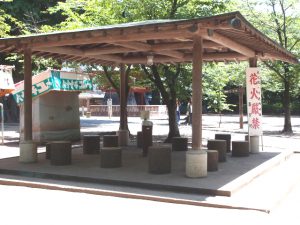
This is a gazebo located on the grounds.
People span all around sometimes eating yatai (street food) that they purchased and sometimes eating bento (boxed lunches) that they brought from home.
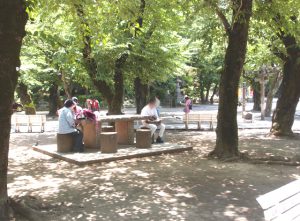
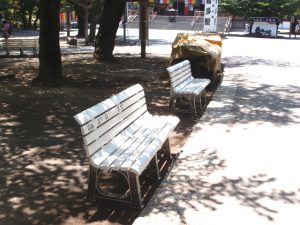
There are plenty of tables and benches, making it a perfect place to take a break from walking.
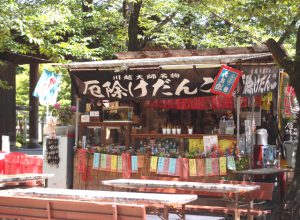
There is a shop that sells lucky charm dango (dumpling) beside the gazebo.
They have a simple flavor that makes them easy to eat.
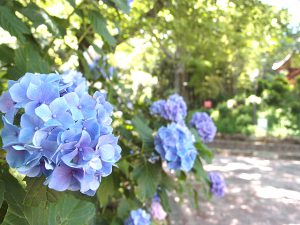
Hydrangeas blooming at the entrance that goes from the Kita-in Temple to the Senba Toshogu Shrine.
Though the Kita-in Temple is famous for its cherry blossoms, there are lots of hydrangeas planted there as well.
Things to note beyond the Sanmon gate.
Not many people visit these places, but there are historical objects that have been built beyond the Sanmon gate.
The Hakusan Gongen
A small shrine located just past the Sanmon gate on the left hand side.
It is said that when the great teacher monk Ennin founded the Kita-in Temple in the year 830 (the 7th year of the Tenchou period), a guardian deity (was enshrined here from Hakusan (the sacred ground of the Shugendo Tendai sect of Buddhism).
A monument commemorating the attendance of Crown Princess Michiko and Crown Prince Akihito
This monument commemorates the November 10th, 1977 visit of The Emperor and Empress of Japan before they became Emperor and Empress.

This is a memorial of the visit of His Majesty the Emperor, Her Majesty the Empress and the King and Queen of Sweden.
This monument commemorates the March 28th, 2007 visit of the Emperor and Empress of Japan together with the King and Queen of Sweden.
The Statue of Daisojo Tenkai
A statue of the 27th chief monk (or priest) that assisted in the reconstruction of the Kita-in Temple, Daisojo (high priest) Tenkai.
It is said that Shogun Ieyasu Tokugawa trusted him deeply and that Tenkai aided Ieyasu as an adviser of religious policy.
Daisojo Tenkai, who died at the age of 108, received the title of "Jigen Daishi (The Great Merciful Teacher)" from the Imperial Court.
Access to the Kita-in Temple
About a 15 minute walk from the JR · Tobu Tojo Line "Kawagoe Station", and about a 20 minute walk from the Seibu Shinjuku Line "Honkawagoe Station".
By bus
Using the Koedo Junkai bus "Kita-in Sakimawari Course " is recommended.
You can board the bus from the west exit of the JR · Tobu Tojo Line "Kawagoe Station", or from Seibu Shinjuku Line "Honkawagoe Station". It arrives at the Kita-in Temple in about 15 minutes.
A dedicated parking lot is available
There is a parking lot for the Kita-in Temple (the Meisei parking lot), but on days when events are held the lot becomes full quickly.
Especially on January 3rd for the Daruma-ichi, when the grounds are overflowing with people, so please be aware that the Meisei parking will be closed.
Since the grounds of neighboring community halls and elementary and junior high schools are available for parking on these days, please use instead.
A map of paid parking lots in the area
Visiting hours, times when you can visit the main hall (Gate open time · gate close time)
| 3/1~11/23 | Nov 24 to the end of Feb | |
| Weekdays | 8:50~16:30 | 8:50~16:00 |
| Sunday and holidays | 8:50~16:50 | 8:50~16:20 |
Recommend spots for a small break
I will introduce some shops you can casually visit for those of you who are starving and those who “could eat a bit”.
Tennuma
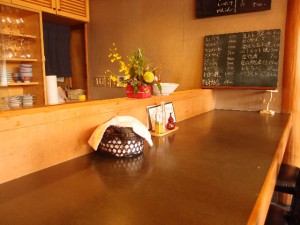
A shop that specializes in tempura behind Kita-in Temple.
There is an image that tempura is expensive, but you can get delicious tempura here for a very reasonable price.

The atmosphere inside the store is also elegant and lovely.
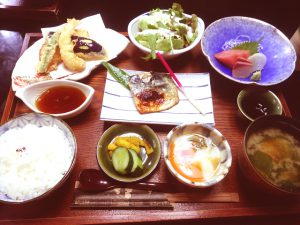
Limited lunch set "Irodori gozen".
This meal is quite cheap at 1000 yen with tax included.
The Tempura is very light.
The batter is crispy and airy, and doesn’t have a greasy feel to it.
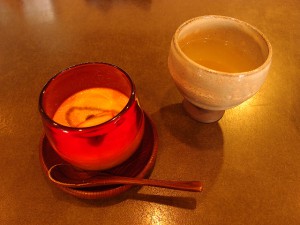
The dessert set has yuzu tea and black pudding.
It’s absolutely delicious.
I think this shop would do just fine by serving only this dessert, the quality is that high.



